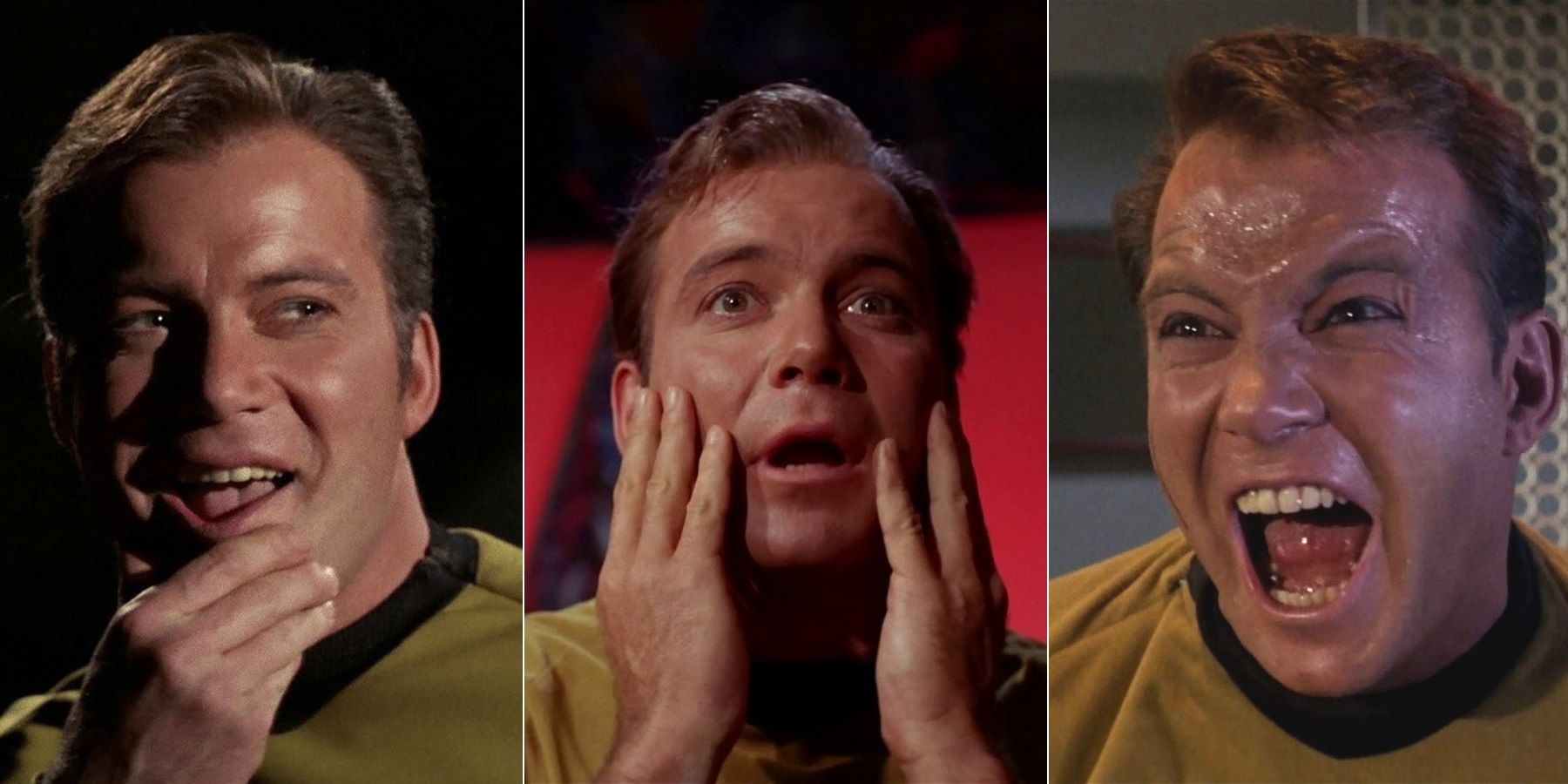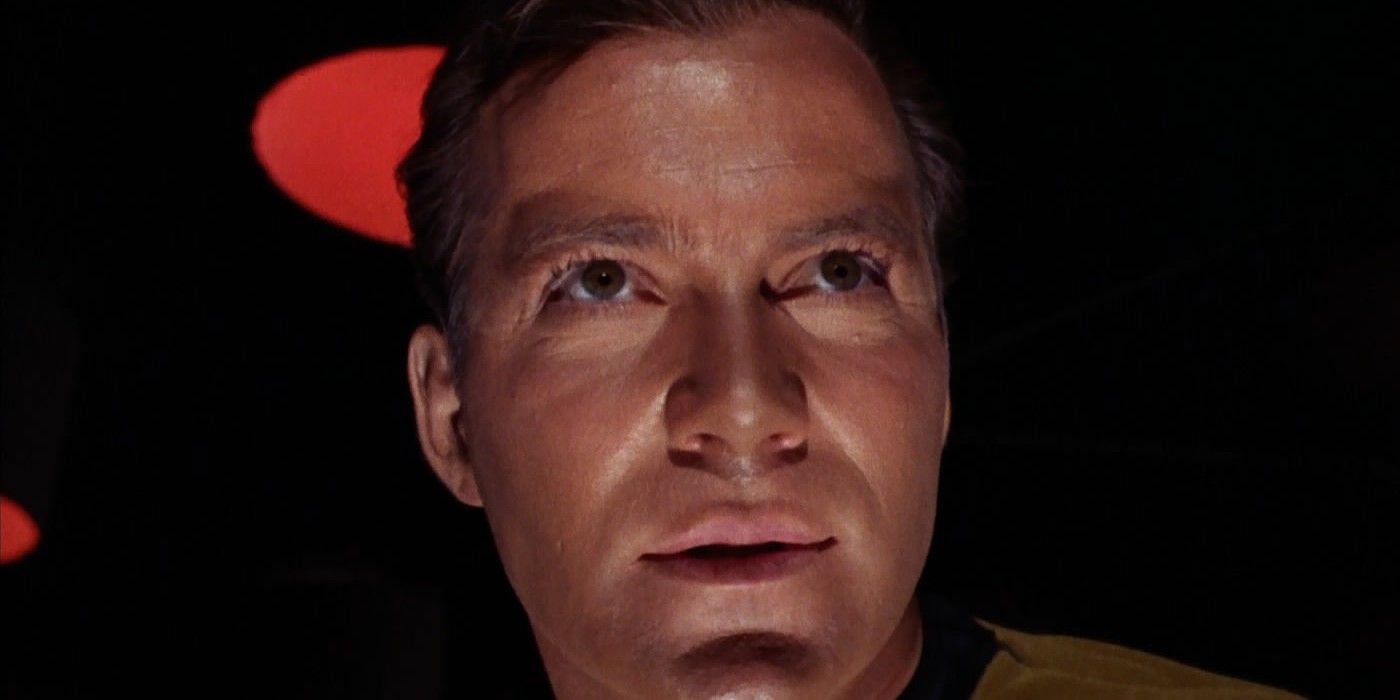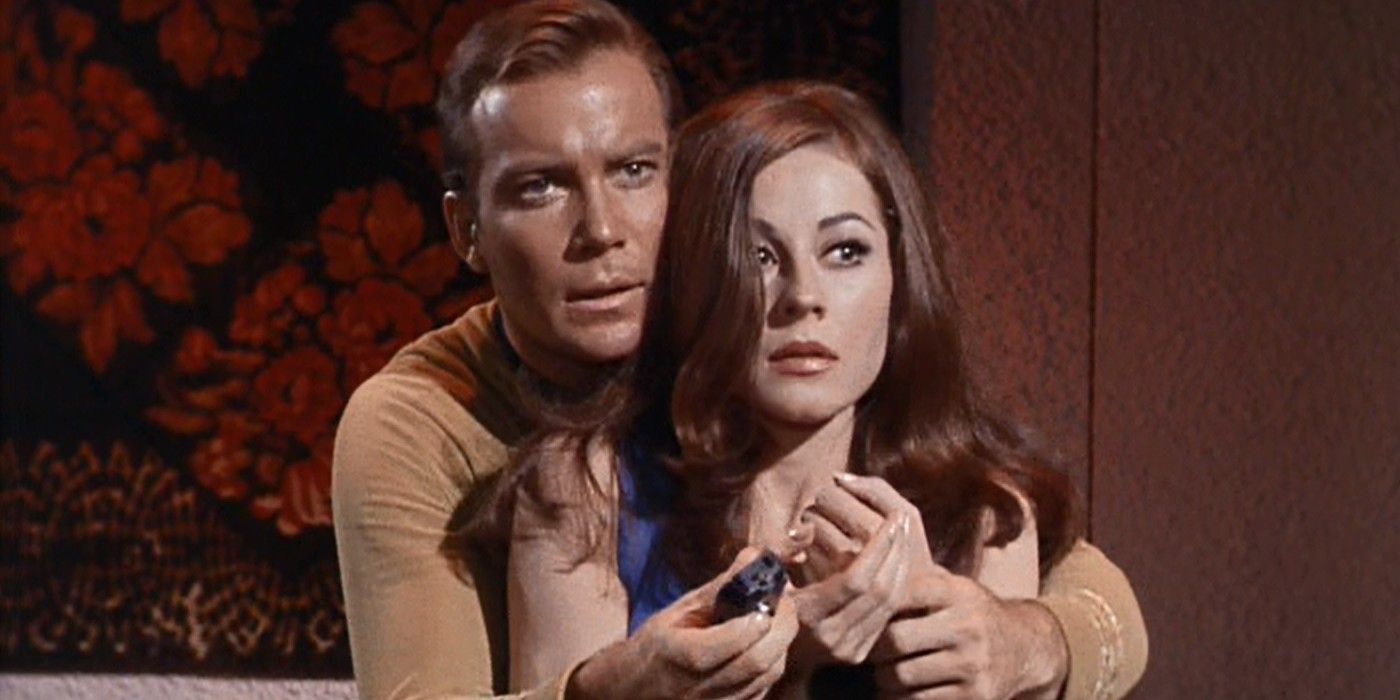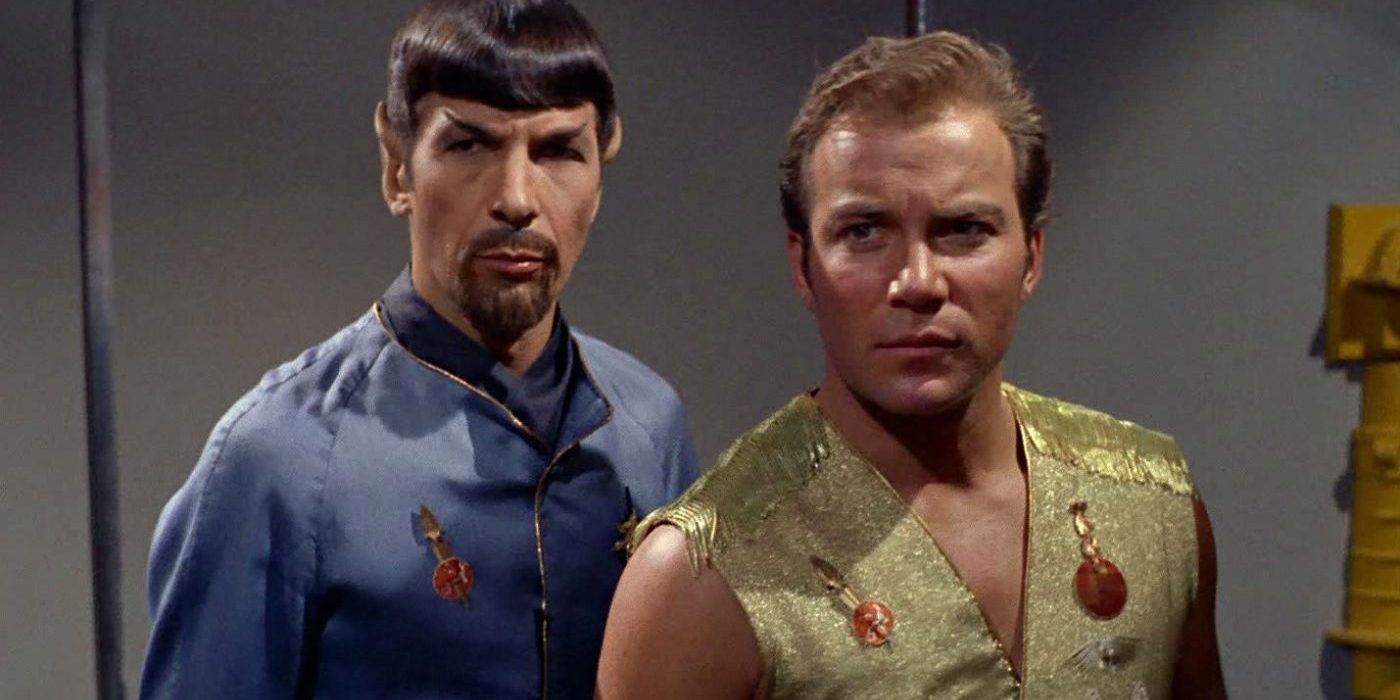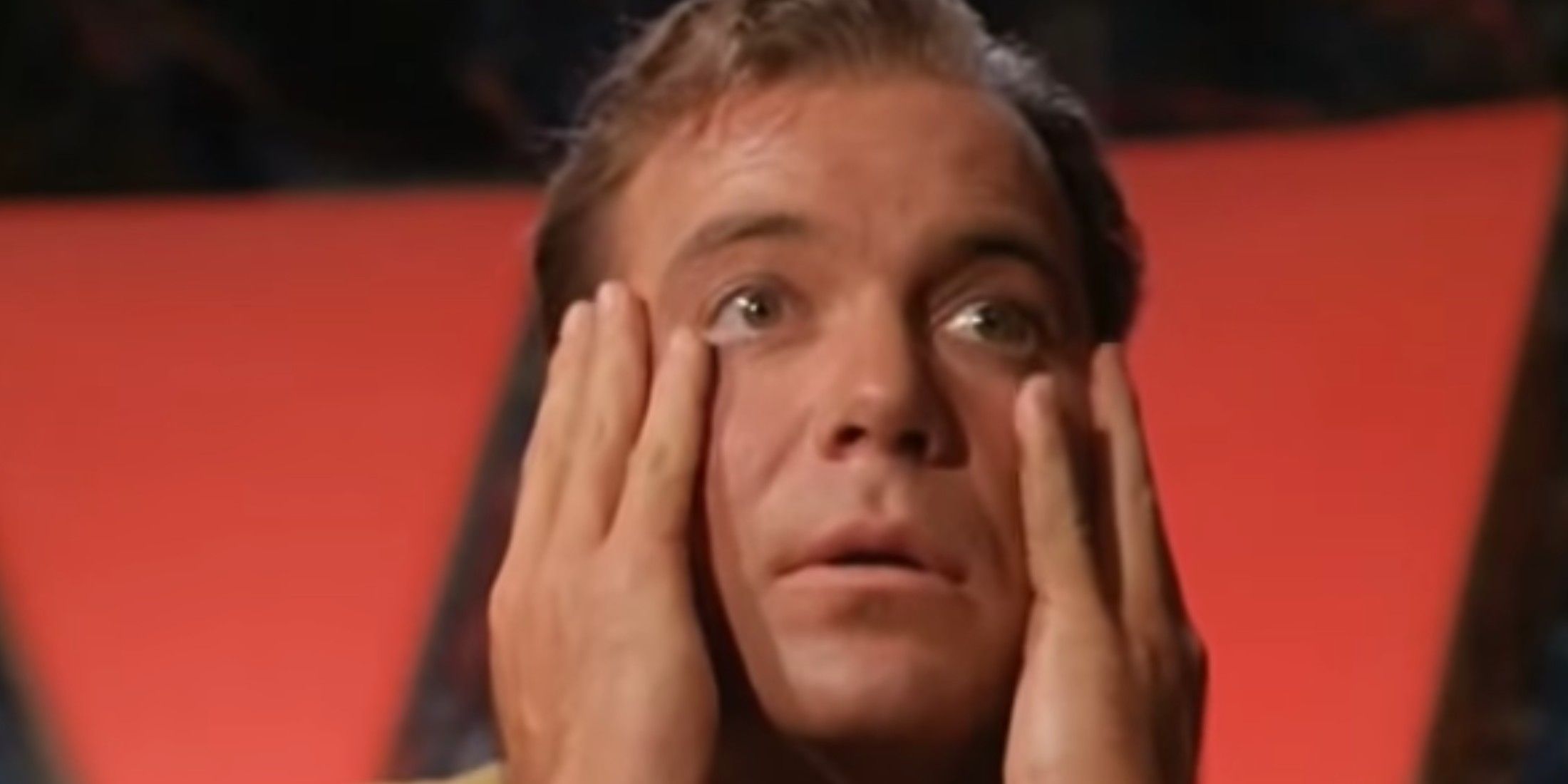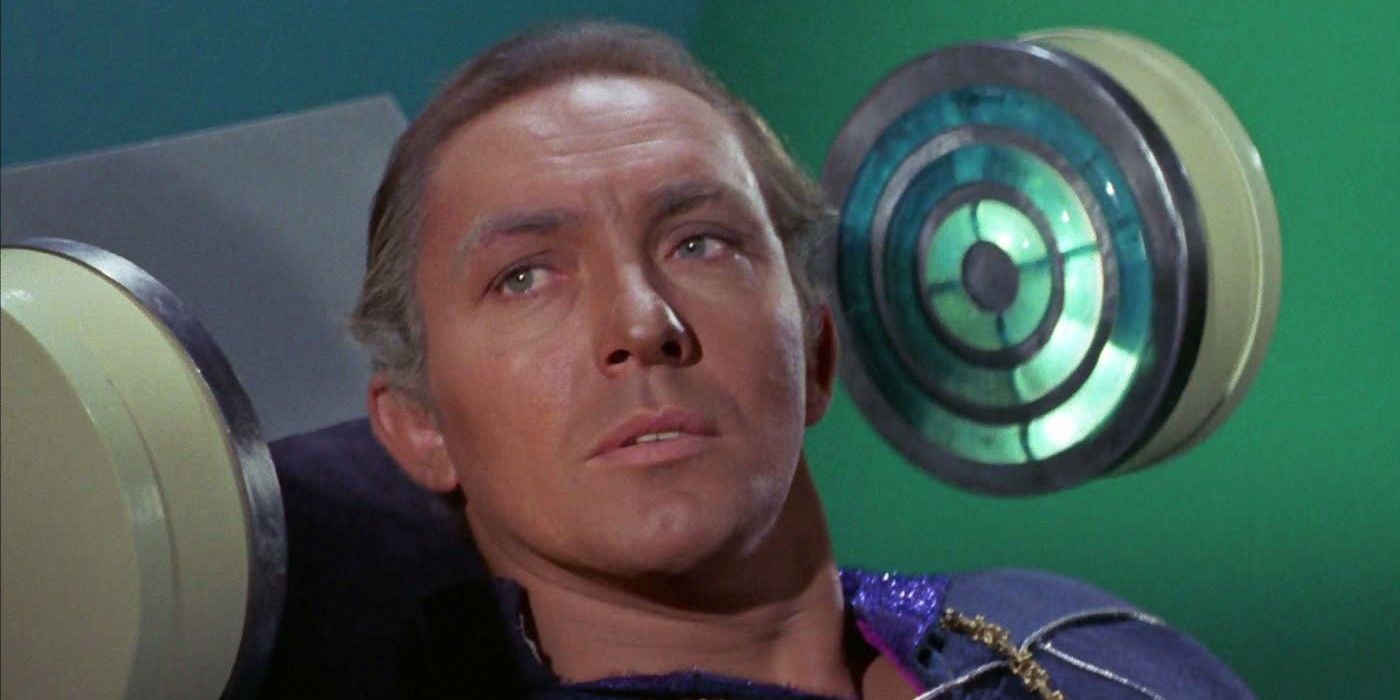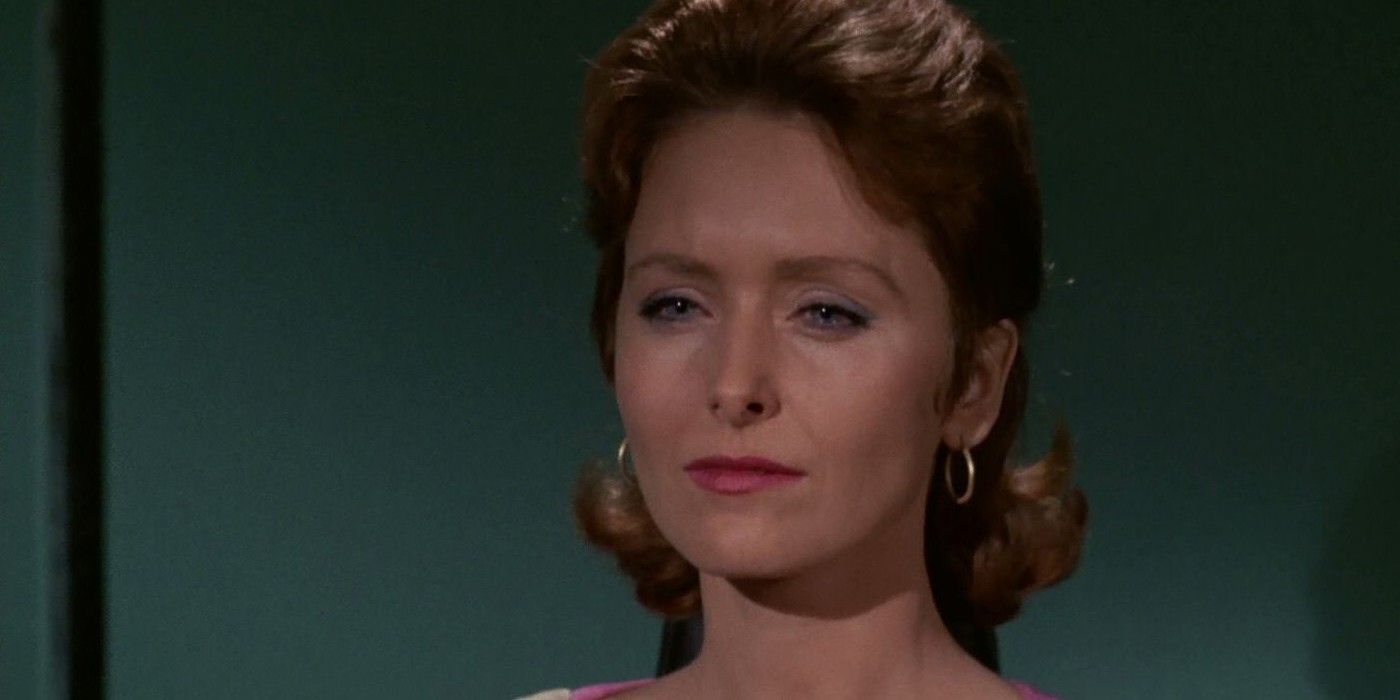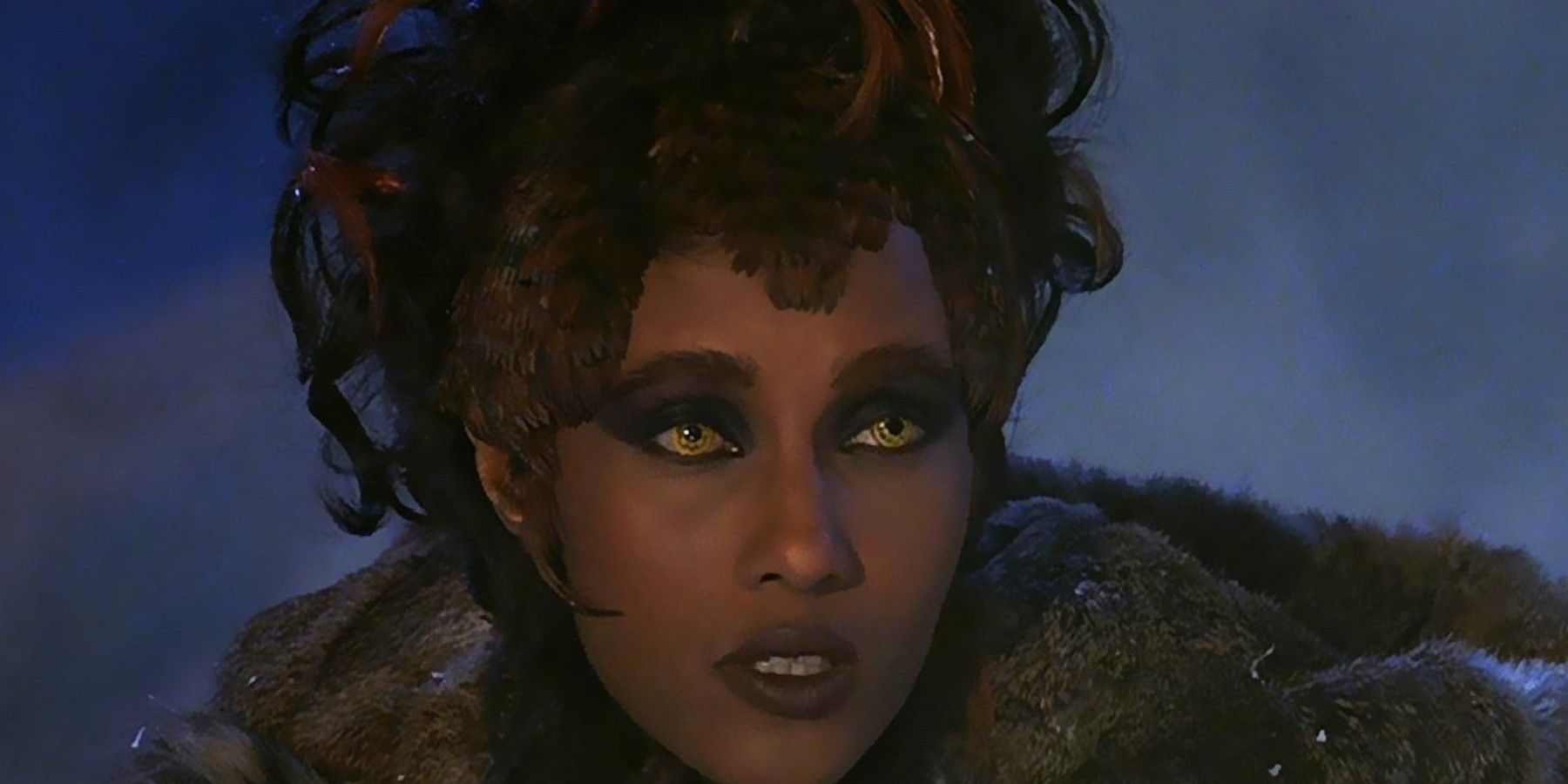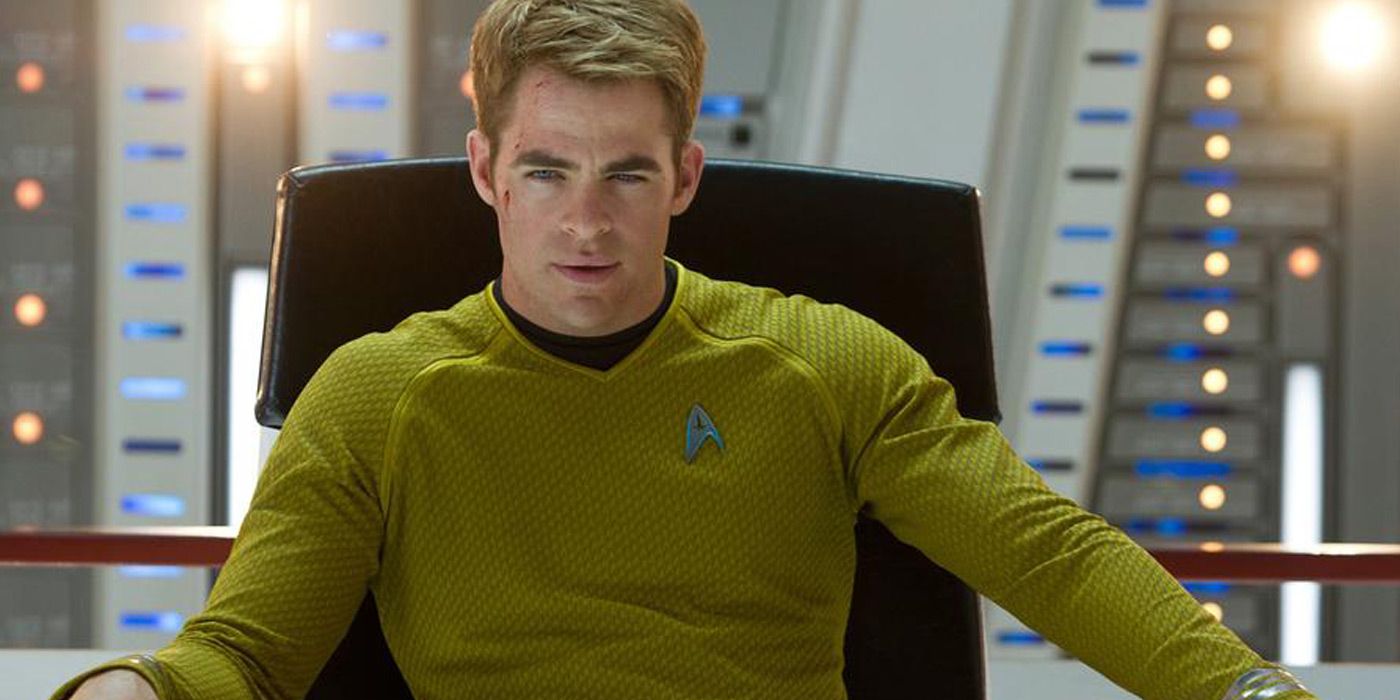Star Trek's original captain, James Tiberius Kirk, had many doppelgangers during his adventures. Memorably played by William Shatner, Kirk remains one of the most iconic Star Trek personalities and holds an enduring reputation for his trademark acting style. But while Shatner portrayed Kirk both on TV and film, he wasn't always playing Kirk in his Star Trek appearances, as the character was duplicated, possessed or otherwise copied a surprising amount of times for one of Starfleet's elite.
Using darker versions of established characters as villains was a cheap, but sometimes very effective method Star Trek used to keep within its modest 1960s budget, and while some of the following examples simply wouldn't work in any other era, others have lingered on to become a core part of Star Trek canon. Elsewhere, time travel and franchise reshuffling have given rise to a whole new version of Kirk on the big screen.
The life of a starship captain is already full of ups and downs, but facing otherworldly threats on a daily basis is hard enough without the commander of Starfleet’s flagship being taken over, replicated or impersonated by hostile forces, and creates a huge headache for the entire crew. These are the various times in James T. Kirk's career where he wasn't quite himself.
Evil Captain Kirk in "The Enemy Within"
Star Trek's debut season introduced two classic science fiction tropes: the transporter malfunction and the evil version of the show's main hero. Owing to an ill-timed transporter glitch, the dashing Captain Kirk is split into two distinct halves, one overtly good and one devilishly evil, and if nothing else, the episode gave William Shatner a chance to flex his unique acting chops. While 'good Kirk' was extremely placid, somewhat anxious and lacking his usual decisiveness, 'bad Kirk' saw Shatner hit full throttle, assisted by some wicked lighting to accentuate his unhinged facial expressions.
During bad Kirk’s tenure as Enterprise captain, he beats up a technician, drinks copious amounts of Saurian brandy and attempts to sexually assault his Yeoman, and it doesn’t take long for the crew to work out that there are two Kirks aboard that can’t exist without the other. Eventually, both Kirks step on the repaired transporter platform and are joined together once again.
Robot Captain Kirk in "What Are Little Girls Made Of?"
Another season 1 episode, "What Are Little Girls Made Of?" featured a stereotypical mad scientist who develops a method of creating humanoid replicas by using a wheel of fortune and a lump of clay. In a manner not entirely dissimilar to Jean-Luc Picard's recent resurrection, the lump of clay transforms into an exact duplicate of the naked person laying next to it, then that person's memories are installed into the copycat.
This is good news for Kirk who, while laying on the table, overhears this aspect of the process and repeats a phrase to himself, hoping it will be embedded into his replica’s memory. Kirk's chosen phrase acts as a signal to Spock, so that when the Vulcan asks an innocuous question to a calm Kirk, he receives an angry, curt response from the captain. This sudden outburst is enough for Spock to realize all is not well and he leads a security detail down to Exo III to save the day. Robot Kirk is disintegrated by a female android who the real Kirk had kissed earlier, confusing her circuits with pesky human emotion.
Mirror Captain Kirk in "Mirror, Mirror"
Moving into Star Trek's second season and one of the franchise's most memorable and influential episodes, "Mirror, Mirror" paved the way for a concept that would remain relevant through the decades - the alternate, evil Mirror Universe. Another transporter glitch coupled with an ion storm causes Kirk and his landing party to swap places with their counterparts from another universe, and these mirror crew members hail from a reality far more harsh and unforgiving than the one the Enterprise exists within.
The story focuses on the Prime Universe crew and their efforts to get back home, complicated by assassination attempts, paranoia and a very creepy Sulu. The evil characters aboard the Enterprise are only featured in one scene that sees them promptly confined to the brig amid lots of shouting and a furious, savage Kirk who clearly misses Spock’s beard and attempts to bribe his way free. As Spock later explains once Kirk and co. are safely back home, it was far easier for civilized people to impersonate barbarians than the other way round.
Possessed Captain Kirk in Return to Tomorrow
Rather than a Kirk impersonator, "Return To Tomorrow" sees Kirk taken over by a non-physical entity, but in a departure to the standard trope, the possession is purely voluntary. Kirk and his crew come across three ethereal, highly-evolved beings who are delicately housed in small spheres, unable to physically interact with their surroundings. Using members of the Enterprise crew as avatars, these non-corporeal life forms are able to build sophisticated robotic bodies which their consciousnesses can then inhabit, giving them a physical vessel. Kirk, Spock and Lt. Commander Ann Mulhall volunteer for the process, with Kirk’s body possessed by the group's leader, Sargon.
Naturally, things don’t go well; Spock’s possessor, Henoch, decides he likes the Vulcan’s pointy-eared body too much and doesn’t want to leave it. Fortunately, Sargon and his wife Thalassa are wise to Henoch’s plan and assist the others in liberating Spock. In a touching scene at the end of the episode, Sargon and Thalassa inhabit Kirk and Mulhall’s bodies one last time to kiss and hold each before consigning themselves to oblivion forever.
Impostor Captain Kirk in "Whom Gods Destroy"
Taken from the much-maligned third season of Star Trek's original series, "Whom Gods Destroy" was one of four episodes to be banned in some countries due to its depiction of madness. The villain of the story is Garth of Izar, a former legendary starship captain, who was gifted the technique of cellular metamorphosis (commonly known as shape-shifting) following a nasty past accident on an alien planet, Unfortunately, the incident also caused him to become mentally unstable, resulting in his incarceration within the asylum on Elba II.
Garth’s desire is to escape the asylum and get aboard the Enterprise to freedom. Initially, Garth morphs into Kirk and contacts the Enterprise requesting transport, but this plan goes awry when he cannot respond to Scotty's password request. Undeterred, Garth tries his luck impersonating Spock, attempting to trick Kirk into revealing the code, but this strategy also fails. At the episode's conclusion, Spock escapes his guards via a double neck pinch and is confronted by the two Kirks. They both provide the right answers to his questions, but when the lookalikes start fighting, confusion reigns. Fortunately, Spock's Vulcan logic figures out which is his real captain and Garth is swiftly phasered. Double neck pinch though.
Female Captain Kirk in "Turnabout Intruder"
The final installment of the original series, "Turnabout Intruder" is not an episode that has aged well by modern social standards. The portrayal of Janice Lester and the handling of discrimination against women is uncomfortable viewing in 2020, and involves Kirk being lured into a piece of alien tech by an extremely bitter and jealous Dr. Lester. Kirk and Lester essentially switch minds, so the captain is trapped in the female body while Lester finally has the command of a starship she always desired, but was denied due to being a woman. Shatner’s portrayal of Lester in Kirk's body is fascinating but, as usual, the captain’s strange behavior soon begins to raise eyebrows, particularly when ordering the execution of senior officers for mutiny. It's only due to Spock's Vulcan mind meld that the truth is discovered and the life entity transference link between Kirk and Lester breaks down.
Shapeshifting Captain Kirk in Star Trek VI: The Undiscovered Country
In a film of many highlights, few could forget the fight sequence on Rura Penthe between Kirk and the shape-changing Martia in Star Trek VI. Initially appearing to Kirk and McCoy as a friend, Martia soon reveals her intentions to kill both men at the behest of the Klingons, as part of the film's underlying conspiracy. The character is revealed to be a Klingon prisoner, and was offered a full pardon if she could bring the heads of Kirk and McCoy to her captors. Martia engages Kirk in combat and pulls the classic copycat transformation tactic in a throwback to Star Trek's original series. While there's no particular reason for Martia's Kirk-ature, suffice to say that the character fulfilled his lifelong ambition of kissing himself (sort of).
Somewhat predictably, Martia's decision to transform into Kirk backfires when the real Kirk convinces Rura Penthe's Klingon prison colony commandant to shoot the doppelganger, rather than the genuine article. In many ways, it's poetic that Star Trek VI would give Shatner one last chance to play a Kirk alternate before the winds of change began to blow in the Star Trek universe.
Alternate Captain Kirk in The Kelvin Timeline
While neither a William Shatner portrayal, nor a Captain Kirk impersonator, Star Trek's separate Kelvin and Prime timelines mean there's another Kirk trekking across an alternate universe who looks suspiciously like Chris Pine. In rebooting the Star Trek movies, J.J. Abrams smartly decided to connect his series to existing canon, while simultaneously granting the modern cast license to move forward in a different direction. Pine plays a younger version of James Kirk, freshly assigned to the starship Enterprise, but the natural course of time is altered thanks to the arrival of Leonard Nimoy's Spock and Nero from the future.
By travelling to the past, Spock and Nero drastically alter history, and the effects are explored in Star Trek Into Darkness and Star Trek Beyond. From a real-world perspective, the Star Trek franchise was cleaved into 2 distinct worlds: the Prime and the Kelvin timelines, each existing apart from each other. While Chris Pine's Kirk initially looked to herald a whole new era of Star Trek, the momentum of the rebooted movies has slowed, and the likes of Star Trek: Discovery and Star Trek: Picard have returned focus to the original timeline instead. While Chris Pine is ostensibly Captain Kirk, he's still arguably an alternate, similar to the Mirror Universe's iteration of the character: Kirk, but not as we know it.

